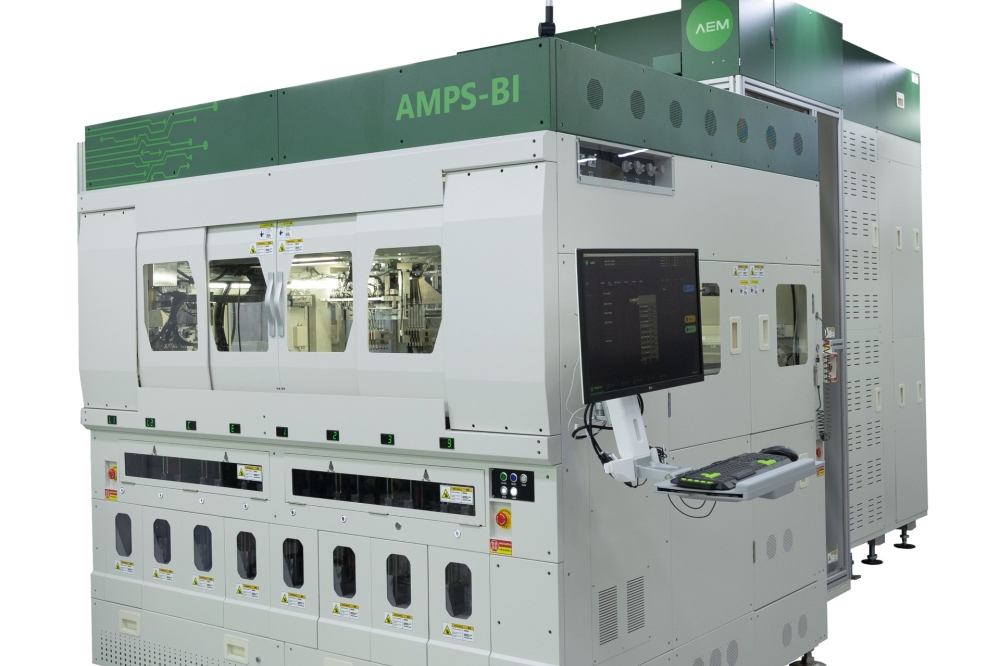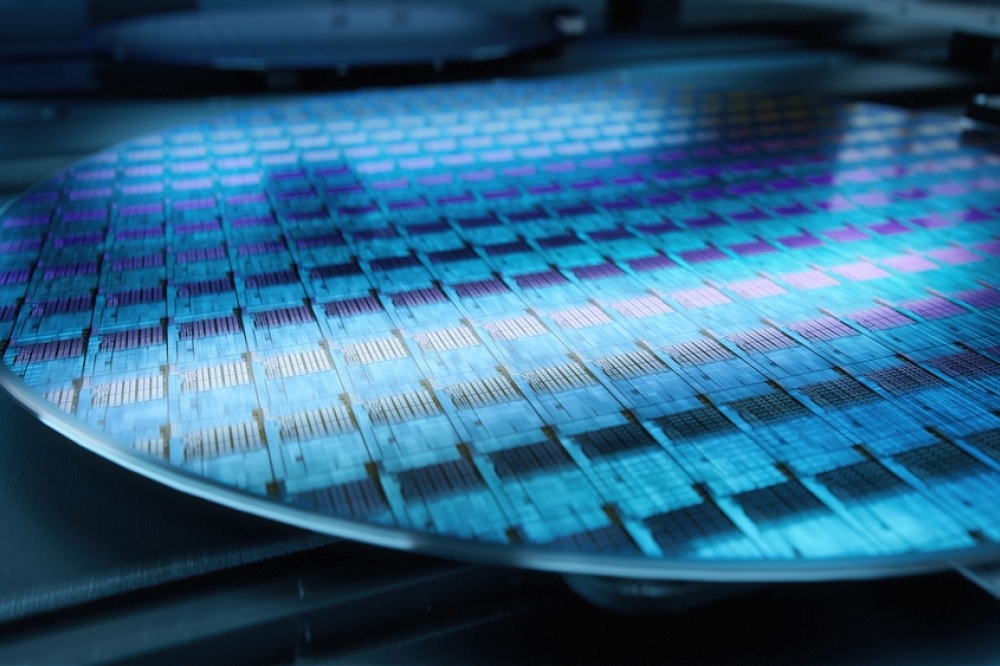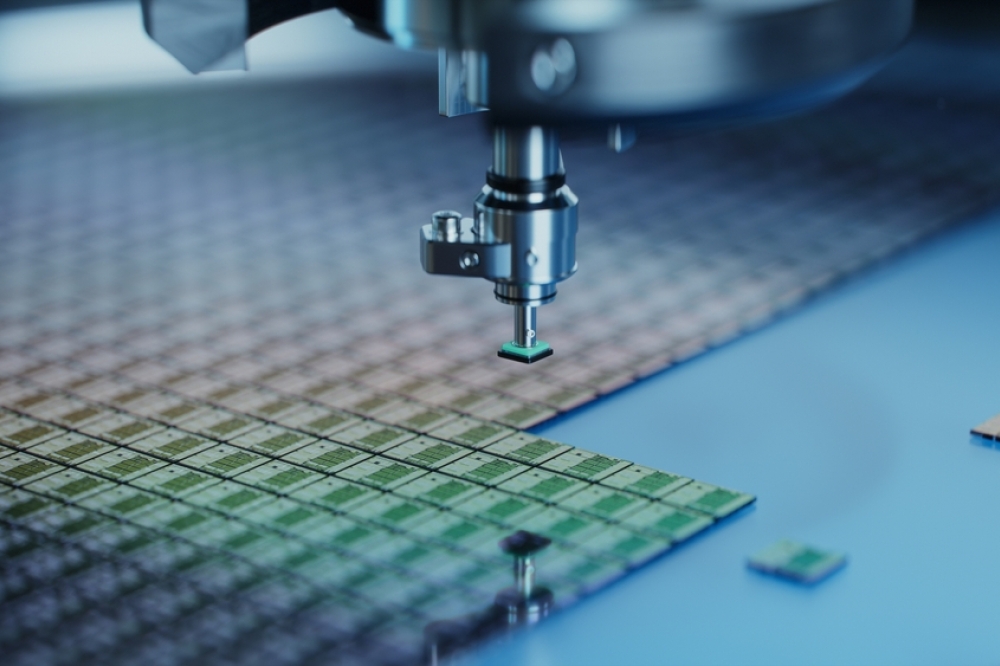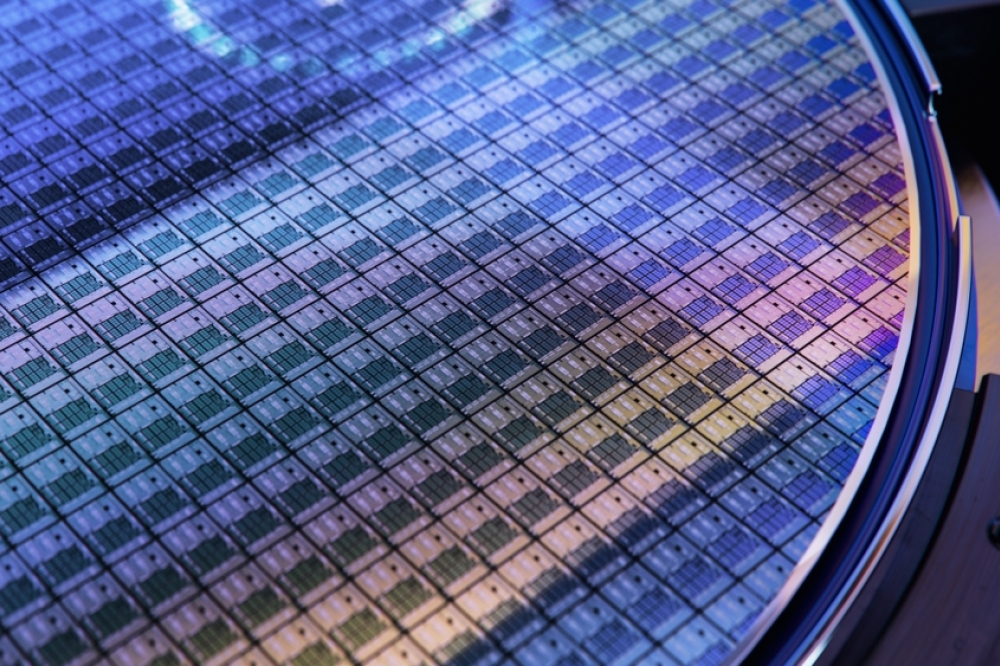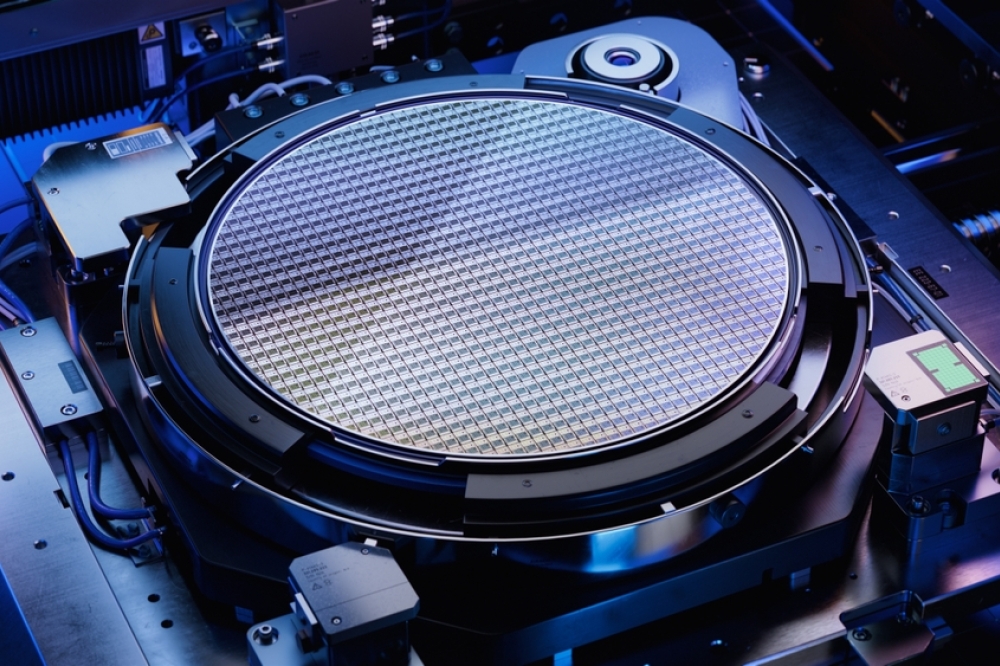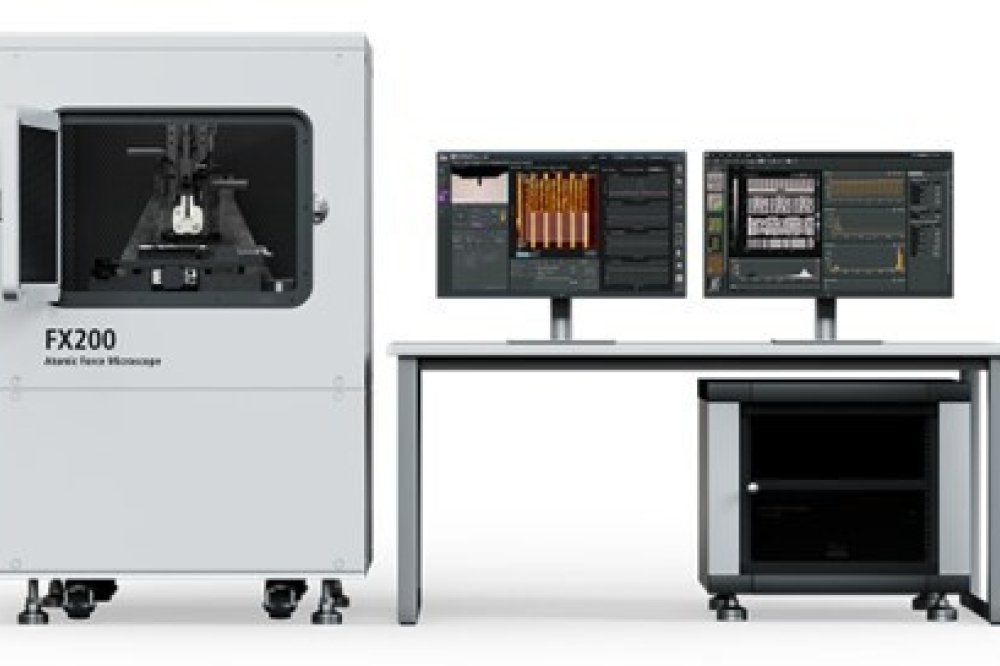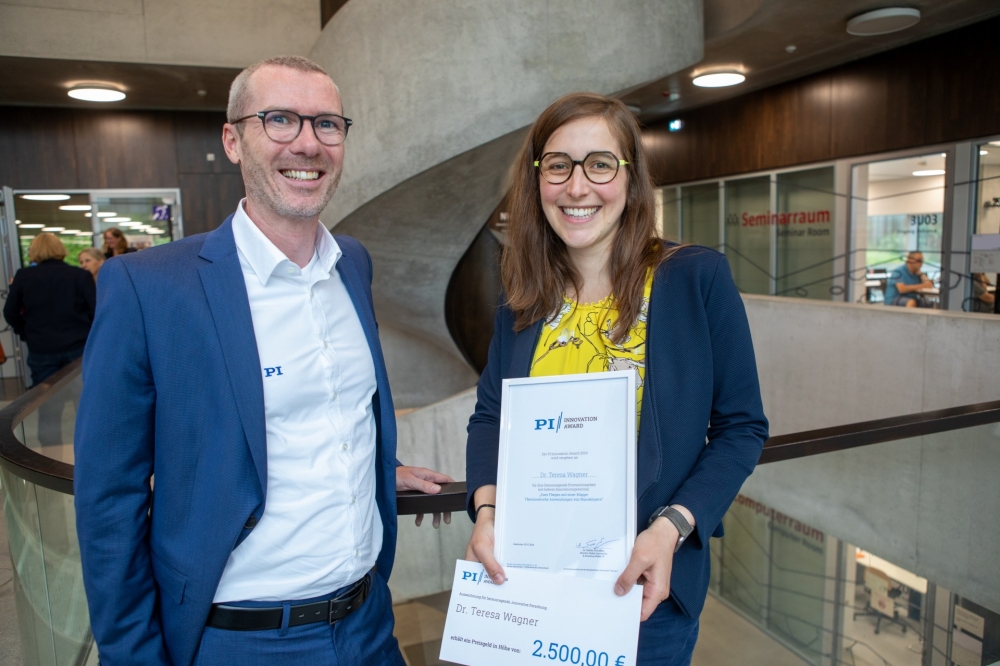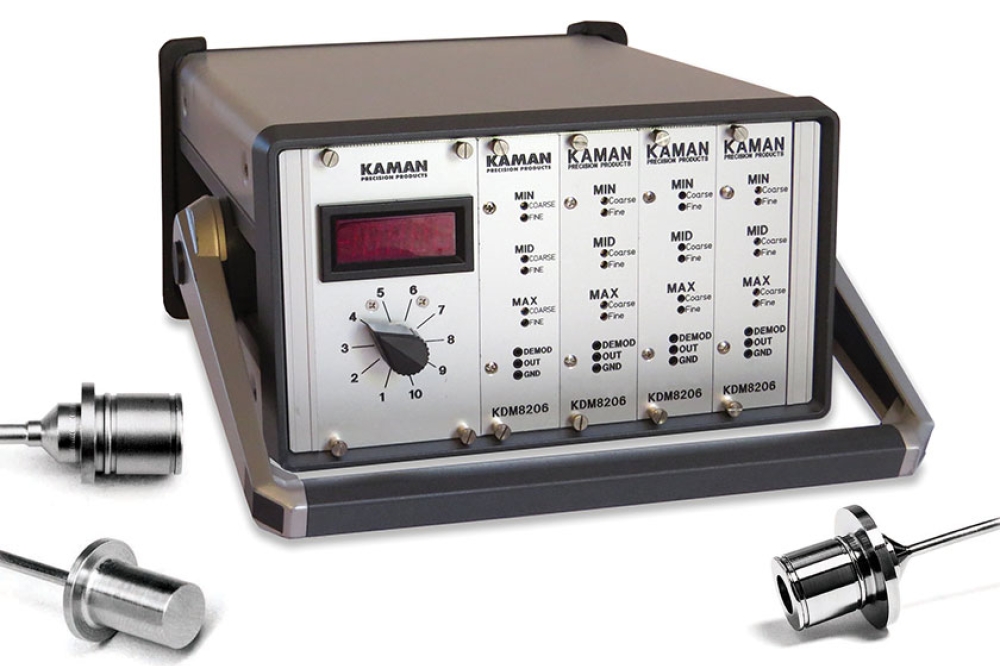The electronics value chain is still in transition

The latest analysis from Supplyframe Commodity IQ points to the electronic components value chain experiencing some pricing and lead time relief for the first time in many calendar quarters.
Bloated inventories have led to plummeting memory device lead times and pricing and the equalization of lead times and pricing for some passive components. This shift has occurred amid slowing demand in many end markets as central banks continue to raise interest rates to curb inflation and economies worldwide teeter on the edge of recession. But Commodity IQ data indicate that elevated prices and lead times will plague automotive and other sectors that rely on mature process nodes through most of 2023.
“Component availability is improving and prices are stabilizing across many categories, especially for passive components,” said Supplyframe CEO and founder Steve Flagg. “But we continue to see significant challenges related to other components and raw materials. And the economy, energy costs, and escalating geopolitical instability have dampened user demand and sourcing activity and cast a cloud of uncertainty over the electronics value chain outlook.”
Uneven, but now significant, component supply chain improvements continue
The Commodity IQ forecast for H1 2023 indicates that only 27% of semiconductor pricing across all major commodities will increase, compared with 76% in H1 2022. From Q1 through Q3 2023, less than 20% of semiconductor pricing will rise, and just over three-quarters of semiconductor pricing will stabilize. Nearly 30% of semiconductor and passive component pricing dimensions will decrease in H1 2023, according to Commodity IQ.
While long lead times will persist into 2023 for components like microcontrollers and analog ICs, according to Commodity IQ data, 23% of all component lead time dimensions in Q1 2023 will decline. For Q3 2023, Commodity IQ data indicates half of all lead times will stabilize, with just 3% of dimensions increasing.
End-market demand has softened, and component sourcing activity has taken a hit
Recessionary fears, central banks’ monetary policy actions intended to thwart inflation, and China’s souring economy are all impacting downstream demand for electronic components across multiple industry segments. In early May, Supplyframe’s predictive intelligence identified the sharp downturn in consumer device demand downturn that we are experiencing today, as well as the softening in the enterprise data center arena. These insights helped Commodity IQ users proactively adjust their sourcing strategies and inventory levels accordingly.
The Commodity IQ Demand Index shows global component sourcing activity was down nearly 22% in November 2022 versus November 2021, due in part to easing lead times for constrained components and less spot buying. Global component sourcing activity was down 7.4% from October through November 2022. After peaking in March with commodities like microcontrollers at over three times the Commodity IQ Demand Index baseline, November 2022 found 40% of the top passive and active component commodities below the baseline.
Activity for the top 30 component types in November shrunk month-on-month by an average of 12%. Year-on-year growth in November was positive for most passive devices and negative for most semiconductors, with programmable logic devices leading the declines at 34.8%.
All regions experienced decreases in sourcing in November. Europe ebbed by 5.8%, Asia-Pacific by 3.1%, and the Americas region saw the largest decline, with 15%, driven by a 16.1% downturn in the U.S.
Examples of volatility, uncertainty, strife, challenge, and change are everywhere
Uneven availability and pricing shifts in the electronics supply chain are transpiring amid an environment in which global output contraction (real GDP) is projected by the International Monetary Fund (IMF) at 3.2% (annual change) in 2022 versus 6% in 2021. And more than a third of the worldwide economy is poised to contract in 2022 or 2023.
Meanwhile, oil and natural gas price volatility, coupled with soaring energy costs, especially in Europe, have added to production and logistics woes across industries. That includes, but is not limited to, raw metals and resins used throughout the electronics value chain. Heightened energy costs impact end markets, muting electronic component demand.
Recurring COVID-19 outbreaks and related containment protocols, climate change, and a global shortage of electrical engineering talent are also among the myriad disruptions adding to the macroeconomic, interconnected impacts of the complex electronics supply chain.
“The world has become an increasingly unpredictable place,” said Richard Barnett, chief marketing officer and SaaS sales leader at Supplyframe. “That elevates the need for businesses to use the power of intelligence to best position their companies and products for resilience and success. Supplyframe Commodity IQ is a transformed approach to electronics supply chain information that provides unique, predictive, and prescriptive intelligence for electronic components, systems, and associated commodities based on operational analytics. This always-on SaaS solution from Supplyframe pairs expert analysis and context with global electronics design, demand, pricing, lead time, and inventory indices to help companies connect the dots.”


